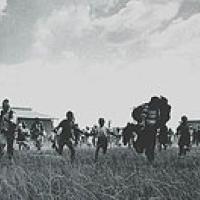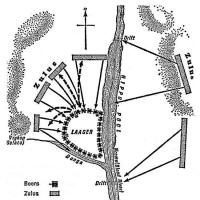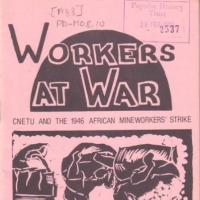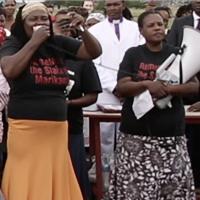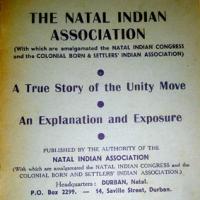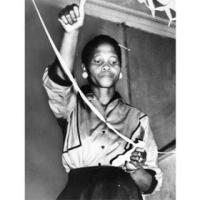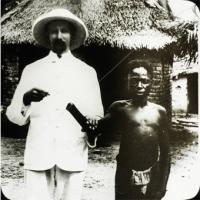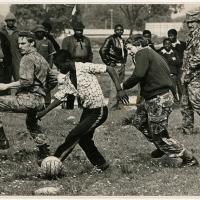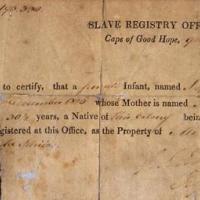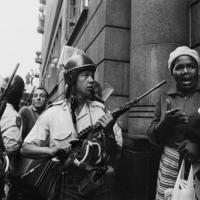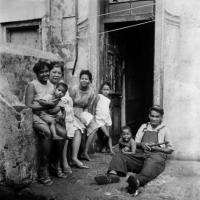Hobeni is a Village in Mbhashe Local Municipality in the Eastern Cape province of South Africa. The Mbhashe Municipality is a remote outpost of the Eastern Cape of South Africa. The Mbhashe Municipality was constituted in terms of the Municipal Structures Act. No. 117 of 1998 (as amended) and comprises the areas that previously formed the Elliotdale, Willowvale and Dutywa TLCs and TRCs. The Municipality is located in the North Eastern part of the Amathole District Municipality's area of jurisdiction. The main administrative office of the Municipality is situated in Dutywa.
One of the organisers of the 1956 Women's March, Lilian Ngoyi
